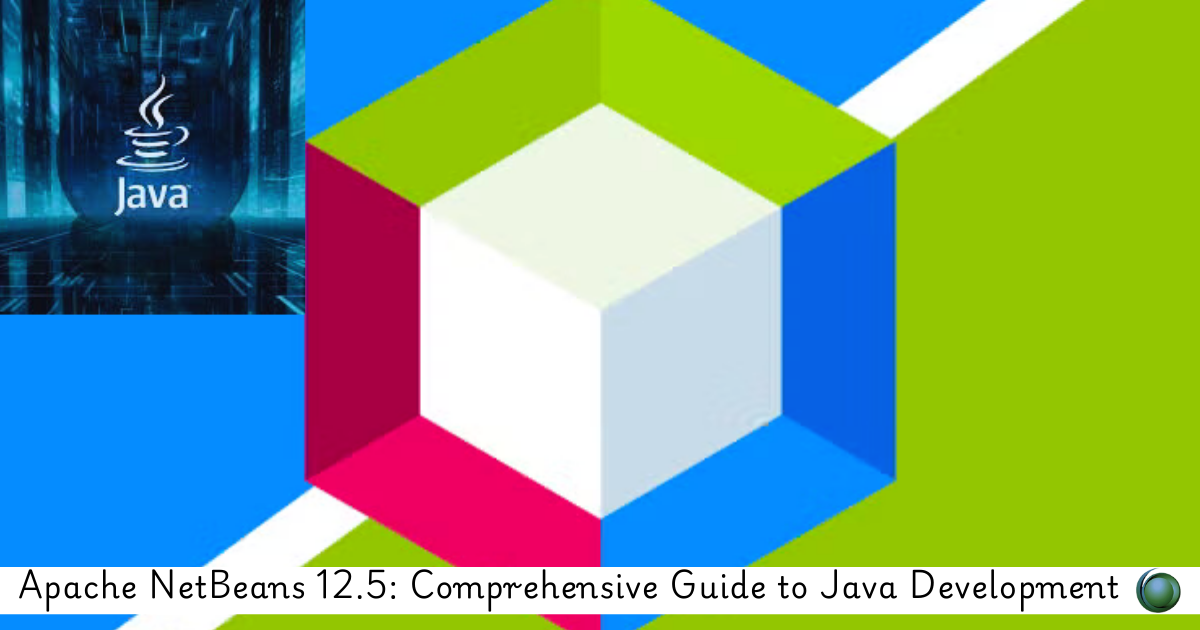Description
Introduction of Embedded C Programming
Embedded C is the standard programming language used for microcontroller-based applications, enabling direct hardware interaction, real-time processing, and memory-efficient coding. This training provides a comprehensive foundation in Embedded C programming, covering microcontroller architecture, peripherals, interrupts, and real-time system development.
Prerequisites
- Basic knowledge of C programming
- Understanding of microcontrollers and embedded systems
- Familiarity with basic electronics and digital circuits
- Experience with any development environment (Keil, GCC, IAR, or MPLAB X) (optional)
Table of Contents
1. Introduction to Embedded C Programming
1.1 What is Embedded C?
1.2 Differences Between C and Embedded C
1.3 Role of Embedded C in Microcontroller Development
1.4 Overview of Embedded System Components
2. Setting Up the Development Environment
2.1 Choosing the Right Microcontroller (AVR, PIC, ARM, 8051, STM32)
2.2 Installing and Configuring IDEs (Keil, MPLAB X, STM32CubeIDE, GCC)
2.3 Writing and Compiling Your First Embedded C Program
2.4 Hands-On: Blinking LED with Embedded C
3. Fundamentals of Microcontroller Architecture
3.1 Microcontroller vs. Microprocessor
3.2 Understanding Registers, RAM, and Flash Memory
3.3 GPIO, Timers, and Peripheral Control
3.4 Hands-On: Configuring GPIOs for Input and Output
4. Data Types, Variables, and Memory Management in Embedded C
4.1 Standard Data Types and Bit Manipulation
4.2 Understanding Pointers and Arrays in Embedded C Programming(Ref: ARM Cortex M Programming from Basic to Advanced)
4.3 Memory Management: Stack and Heap Usage
4.4 Hands-On: Implementing Bitwise Operations in Embedded C
5. GPIO Programming and Peripheral Interfacing
5.1 Controlling LEDs, Switches, and Relays
5.2 Interfacing with Sensors (Temperature, IR, Ultrasonic)
5.3 Hands-On: Reading Sensor Data and Displaying on LCD
5.4 Case Study: Smart Home Automation with Microcontroller
6. Interrupt Handling in Embedded C
6.1 Understanding Interrupts and ISRs (Interrupt Service Routines)
6.2 External and Timer-Based Interrupts
6.3 Nested and Priority Interrupts
6.4 Hands-On: Implementing a Timer-Based Interrupt
7. Timers and Pulse Width Modulation (PWM)
7.1 Introduction to Timers and Their Applications
7.2 Generating PWM Signals for Motor Control
7.3 Capturing Input Signals using Timers
7.4 Hands-On: Implementing PWM for LED Brightness Control
8. Communication Protocols in Embedded C
8.1 Serial Communication: UART/USART
8.2 I2C and SPI Communication Protocols
8.3 Interfacing Microcontroller with External Devices
8.4 Hands-On: Sending Data Between Two Microcontrollers
9. ADC, DAC, and Sensor Interfacing
9.1 Understanding Analog-to-Digital Conversion (ADC)
9.2 Digital-to-Analog Conversion (DAC) Basics
9.3 Reading Analog Sensor Data using ADC
9.4 Hands-On: Displaying Temperature Sensor Readings on LCD
10. Real-Time Operating Systems (RTOS) in Embedded C
10.1 Introduction to RTOS Concepts
10.2 Task Scheduling, Semaphores, and Queues
10.3 Multi-Threading and Synchronization in Embedded C
10.4 Hands-On: Running Multiple Tasks in FreeRTOS
11. Power Optimization Techniques for Embedded Systems
11.1 Sleep Modes and Low-Power Microcontroller Operations
11.2 Using Watchdog Timers to Improve Reliability
11.3 Techniques to Reduce Power Consumption in Embedded C
11.4 Hands-On: Implementing Low-Power Modes in Embedded Applications
12. Debugging and Optimization in Embedded C
12.1 Common Bugs in Embedded C and Debugging Techniques
12.2 Using JTAG, SWD, and Serial Debugging Tools
12.3 Performance Optimization Strategies for Embedded Systems
12.4 Hands-On: Debugging and Profiling an Embedded Application
13. Building a Real-World Embedded System Project
13.1 Requirements Analysis and System Design
13.2 Writing Efficient Embedded C Code for a Complete Project
13.3 Testing, Debugging, and Deploying the Embedded System
13.4 Final Hands-On Project: Developing an IoT-Based Embedded Application
Conclusion
This training provides a strong foundation in Embedded C programming, from basic microcontroller interfacing to real-time system development. By the end of the course, participants will be able to write optimized and reliable Embedded C code, interface peripherals, handle interrupts, and develop real-world embedded applications.







Reviews
There are no reviews yet.